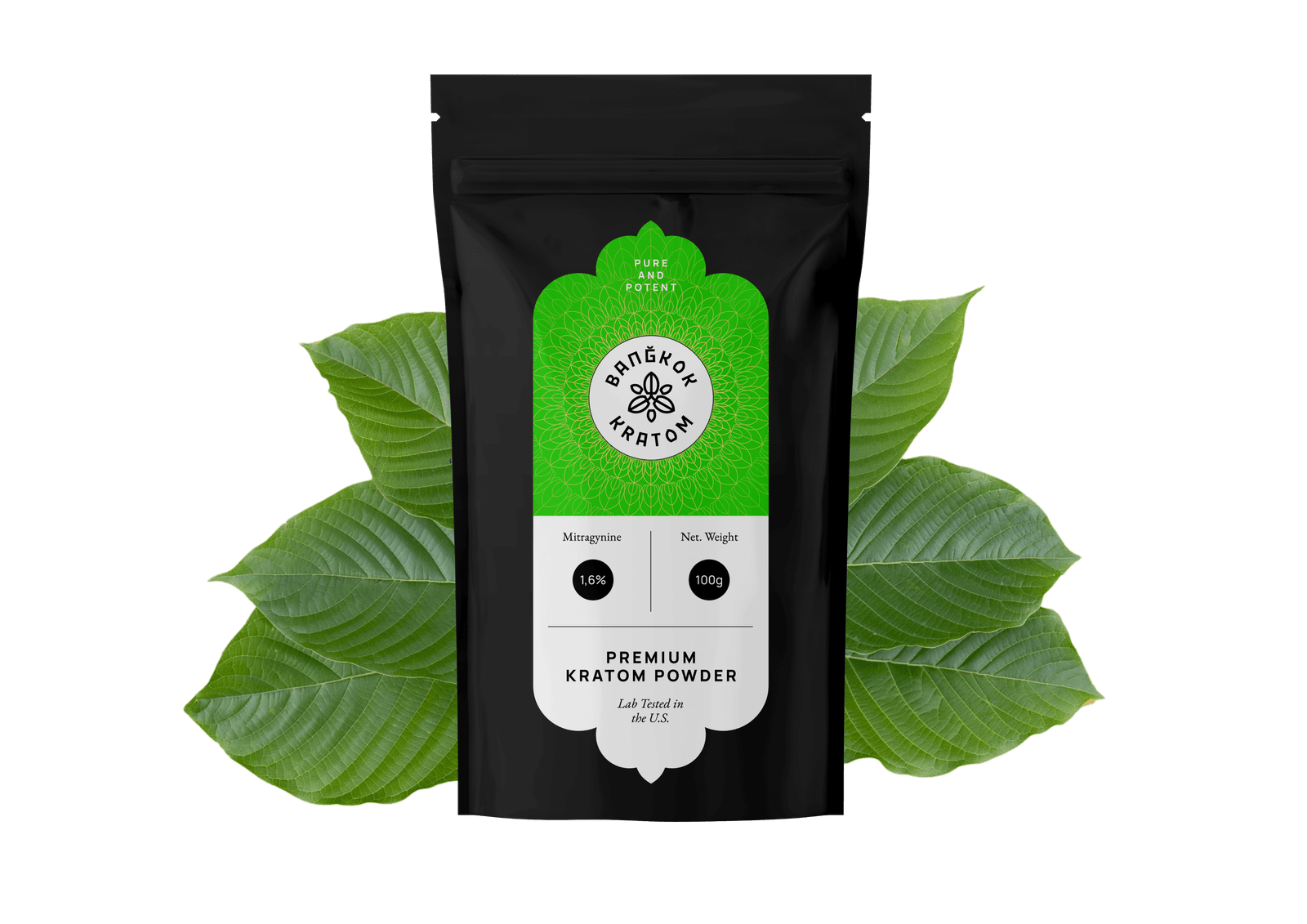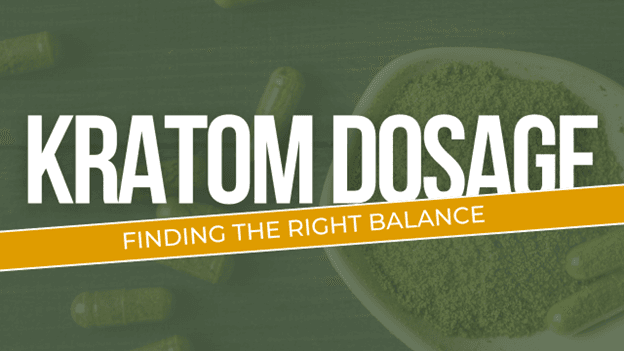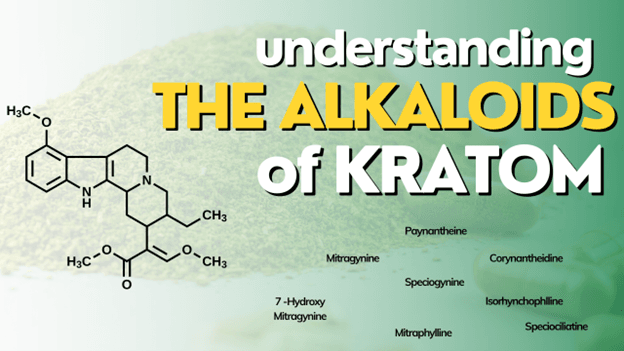
Understanding Kratom’s Alkaloid Profile
November 18, 2024
Bangkok Kratom: Easy Payment Methods and International Transfers Guide
July 4, 2025Kratom Dosage: Striking the Perfect Balance for Your Needs
Finding the right kratom dosage isn’t just about following guidelines; it’s about understanding how your body reacts to this unique botanical. As kratom continues to gain popularity worldwide, users are discovering its potential benefits—but also its complexities. Unlike one-size-fits-all solutions, kratom’s effects depend heavily on how much you take, your body’s unique chemistry, and even the way it’s consumed. Whether you’re new to kratom or seeking to fine-tune your experience, learning the science behind dosage is key to unlocking its full potential safely and effectively.
In this guide, we’ll break down the factors influencing dosage, share research-backed insights, and provide practical steps to help you achieve the ideal balance for your individual needs. Let’s dive into the details and explore how you can approach kratom use with confidence and care.
Understanding Kratom Dosage
Kratom's effects are dose-dependent:
- Low doses typically produce stimulating effects.
- Higher doses tend to yield sedative or analgesic outcomes.
This variability underscores the importance of understanding how different dosages impact the body.
Factors Influencing Kratom Dosage
Several factors can affect individual responses to kratom:
- Body Weight and Composition: Larger individuals may require higher doses to experience similar effects as smaller individuals.
- Tolerance: Regular use can lead to tolerance, necessitating higher doses over time to achieve the same effects.
- Method of Consumption: Kratom is available in various forms, including powder, capsules, extracts, and teas. For example, extracts are more potent than plain leaf powder, so dosages should be adjusted accordingly.
Recommended Kratom Dosages
While individual experiences may vary, general guidelines based on user reports and scientific studies suggest:
- Low Dose (1–2 grams): May enhance energy, alertness, and mood.
- Moderate Dose (3–5 grams): Can provide mild analgesic or sedative effects, potentially aiding in pain relief or alleviating mild anxiety.
- High Dose (5–8 grams): Often used for pain management or to assist with sleep; however, the risk of side effects like nausea, dizziness, and constipation increases at higher doses.
- Very High Dose (8+ grams): Associated with strong sedative effects and a higher likelihood of adverse effects, including nausea, vomiting, and excessive drowsiness. Long-term use at this level may lead to dependency.
Scientific Insights on Kratom Dosage and Effects
Research provides valuable insights into kratom's effects at various dosages:
- Low-Dose Stimulation: A study in Drug and Alcohol Dependence found that low doses (around 1–2 grams) resulted in stimulant-like effects similar to caffeine, enhancing energy and alertness without significant jitteriness.
- Moderate to High Doses and Pain Relief: Research published in the Journal of Medicinal Chemistry indicated that kratom's active compounds, mitragynine and 7-hydroxymitragynine, exhibit opioid-like properties at higher doses, leading to analgesic effects.
- Risk of Tolerance at Very High Doses: A study in the International Journal of Drug Policy noted that frequent use of high doses (8 grams or more) could lead to tolerance.
Finding Your Ideal Kratom Dosage
To determine the optimal kratom dosage:
- Start Low: Begin with 1–2 grams, especially if you're new to kratom. Wait at least 30–45 minutes to assess its effects before considering an additional dose.
- Increase Gradually: If the initial dose doesn't achieve the desired effects, increase by 0.5–1 gram increments, monitoring your body's response.
- Monitor for Side Effects: Be vigilant for adverse effects such as nausea, dizziness, or constipation. If these occur, reduce your dosage.
- Cycle Your Use: To prevent tolerance, avoid daily use. Incorporate regular breaks to maintain sensitivity to kratom's effects.
Conclusion
Kratom offers a spectrum of potential benefits, from energy enhancement to pain relief. However, responsible use is paramount. By starting with a low dose, gradually adjusting as needed, and being mindful of your body's responses, you can find the balance that maximizes benefits while minimizing risks. Always prioritize moderation and stay informed about the latest research to ensure safe and effective kratom use.
References
- Hassan, Z., et al. (2013). "From Kratom to Mitragynine and its derivatives: Physiological and pharmacological effects". Drug and Alcohol Dependence, 139: 132-142. DOI: 10.1016/j.drugalcdep.2014.03.017
- Prozialeck, W.C., et al. (2012). "Pharmacology of Kratom: An Emerging Botanical Agent with Stimulant, Analgesic and Opioid-Like Effects". Journal of Medicinal Chemistry, 55(9), 4057-4063. DOI: 10.1021/jm3001137
- Singh, D., et al. (2014). "Kratom (Mitragyna speciosa) dependence, withdrawal symptoms, and craving in regular users". International Journal of Drug Policy, 25(2), 152-159. DOI: 10.1016/j.drugpo.2013.10.012
Disclaimer
The content provided in this blog is for informational purposes only and based on publicly available scientific research and personal opinions. It is not intended as a substitute for professional medical advice, diagnosis, or treatment. Always seek the advice of your physician or a qualified healthcare provider for any medical concerns. Do not disregard professional advice or delay seeking it because of something read here.








